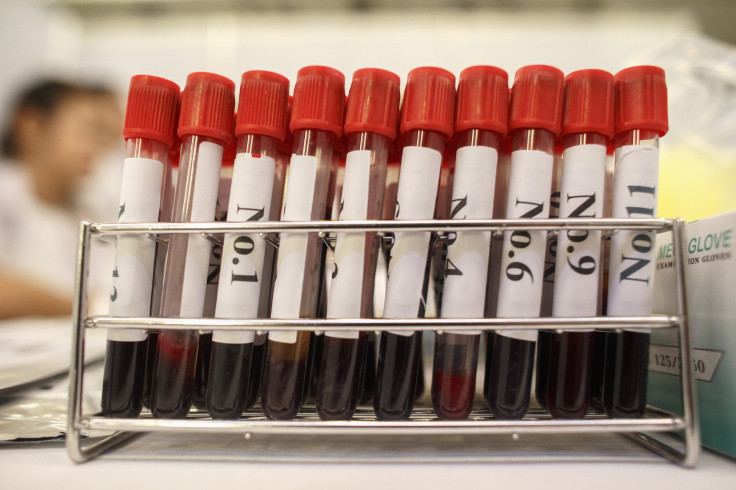You May Have Had Coronavirus: CDC Head Says As Many As 26 Million Americans May Have Been Affected

KEY POINTS
- The number of possible infections would mean 8% of the U.S. population was affected
- The estimate comes from an examination of blood tests that showed 10 times the number of people tested had antibodies than the number of those with confirmed infections
- Cases have been surging in recent weeks in the U.S. West and South, with cases among young people spiking
The Centers for Disease Control and Prevention said Thursday far more Americans have been infected with the coronavirus than testing indicates. CDC Director Dr. Robert Redfield told reporters the number of infections could be as high as 26 million, about 8% of the population.
“Our best estimate right now is that for every case that's reported, there actually are 10 other infections,” Redfield said in a conference call.
He said the estimate comes from examination of blood samples. As of early Thursday afternoon, nearly 2.4 million coronavirus infections had been confirmed and more than 122,000 had died from COVID-19.
Redfield blamed the undercount on asymptomatic infections.
“The traditional approach of looking for symptomatic illness and diagnosing it obviously underestimates the total amount of infections,” he said.
Cases have been rising in the South and West, with a record 36,880 cases reported Wednesday and cases among younger Americans spiking. The increases prompted Texas Gov. Greg Abbott Thursday to suspend elective surgeries in four counties and order a pause in the state’s reopening efforts.
“This is a significant event. We are of course concerned. We have significant increase in cases and we need to understand that and interrupt that,” Redfield said.
“We’re seeing more virus, but less deaths; but that’s not to minimize it. I’m highly concerned about the complexity we will be facing in the fall when we have coronavirus and influenza.”
Dr. Anthony Fauci, the head of the National Institute of Allergies and Infectious Diseases, testified before a House panel this week it is imperative to get control of the coronavirus pandemic before the flu season starts.
The CDC added more underlying conditions to the list of ailments that make contracting the virus more dangerous, including chronic kidney disease, COPD, obesity, immunocompromised state from solid organ transplant, serious heart conditions, sick cell disease and type 2 diabetes. Also on the list are asthma, high blood pressure, neurologic conditions such as dementia, cerebrovascular disease such as a stroke, and pregnancy.
The list puts 60% of the U.S. population at risk.
© Copyright IBTimes 2025. All rights reserved.






















